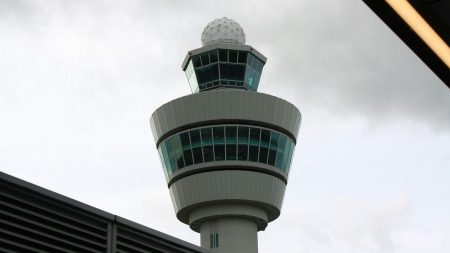The European Union’s post-Brexit Entry/Exit System (EES) was scheduled to launch in autumn of 2024, but the exact date has been subject to multiple delays. The system, which will introduce new border controls for non-EU travellers entering the Schengen Area, was initially planned for 2022 before facing setbacks and rescheduled for May 2023, the end of 2023, and finally October 6, 2024. However, an official launch date has not been announced, with the European Commission stating that it will come into force this autumn. The potential delay to November 10 or 17 is based on an exclusive report published by The Independent, which also suggests that relief valves may be granted to busy transport hubs to ease queues at busy times.
The EES will be an automated registration system for UK and other non-EU travellers entering the EU without requiring a visa. Travellers will need to scan their passports at self-service kiosks each time they cross an EU external border, registering their name, biometric data, and entry and exit details. Facial scans and fingerprint data will be retained for three years after each trip. The system will apply to all EU member states, excluding Cyprus and Ireland, as well as certain non-EU countries in the Schengen Area. The EES aims to enhance border security and identify travellers who exceed their stay limits in the Schengen Area.
The airline industry has supported the delays in implementing the EES, as it allows more time for preparations to be made. Various aviation organizations have emphasized the need for wider automation adoption at national borders, sufficient resources and staff deployment, and a public awareness campaign to inform travellers of the changes. The EES is connected to the European Travel Information and Authorisation System (ETIAS), which will require non-EU citizens to obtain travel authorisation before visiting the Schengen Area. ETIAS was originally set to be operational from November 2023 but is now expected to launch in spring 2024, following the implementation of EES.
Challenges with contractors meeting deadlines have been cited as the primary reason for the EES delays. The system requires the installation of automated barriers at all international land, maritime, and air borders in the Schengen Area. Travellers will be able to register their details at self-service kiosks or mobile apps in certain countries, with border guards or e-gates completing the necessary checks. The impact of the EES on travel remains a concern in the UK and other regions, with fears that it could lead to increased delays at border checkpoints. The European Commission has suggested a gradual and flexible introduction of the system to mitigate the risk of long waiting times at borders.
While the exact launch date for the EES remains uncertain, the European Commission is expected to announce an official date on the EES website well in advance of the system’s implementation. The repeated delays have raised both anticipation and concern among stakeholders, with some viewing the extra time as an opportunity to make adequate preparations, while others worry about potential disruptions. The system aims to strengthen border security and address issues related to overstaying in the Schengen Area, with plans to provide relief valves to manage queues at busy transport hubs. As countries continue to work on their EES implementation plans, efforts are being made to minimize the impact on border flows and traffic, particularly in key border crossings like the UK’s Port of Dover, Eurostar, and Eurotunnel.









